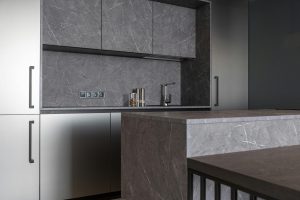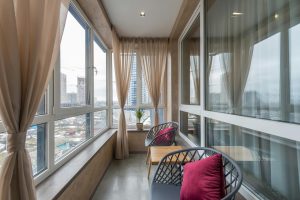Exploring the Potential of Modular and Prefabricated Homes
When it comes to residential construction, prefabricated and modular homes are becoming increasingly popular. These alternative housing options offer a faster and more cost-effective way to build a home, while also being customizable and environmentally friendly. In recent years, the interest in modular and prefabricated homes has steadily grown, with more and more people exploring their potential and considering them as a viable option for their dream home. In this article, we will delve into the world of modular and prefabricated homes, explore their potential, and discuss why they may be the future of residential construction.
What are Modular and Prefabricated Homes?
Modular and prefabricated homes are types of prefabricated buildings, which are constructed off-site and then assembled on-site. However, there are some key differences between the two. Prefabricated homes, also known as prefab homes, are built in sections in a factory and then transported to the building site for final assembly. Modular homes, on the other hand, are built in modules or “boxes” that are then transported and assembled on-site to create a complete home.
One of the main benefits of both types of homes is that they are built in a controlled environment, reducing the impact of weather on the construction process. This also leads to faster construction times, with some homes being ready for occupancy in as little as a few weeks. This speed and efficiency make it a great option for those looking to build a home quickly and avoid potential delays due to adverse weather conditions.
Customization and Design Flexibility
Many people believe that prefabricated and modular homes are limited in terms of design and customization options. However, this is a common misconception. Modular and prefabricated homes can be as unique and customizable as traditional stick-built homes. The only difference is that the manufacturing process occurs off-site in a controlled environment.
With modular and prefabricated homes, customers can choose from a variety of floor plans, layouts, and design elements, including exterior finishes, interior fixtures, and appliances. This level of customization allows individuals to tailor their homes to their specific needs and preferences, creating a truly one-of-a-kind living space.
Eco-Friendly and Sustainable
In today’s world, there is a growing demand for eco-friendly and sustainable housing options. Modular and prefabricated homes are leading the way in this regard. These homes are built using sustainable materials and construction methods, which help reduce their environmental impact. As they are built in a controlled environment, there is less material waste, and the use of energy-efficient materials and systems can also contribute to lower utility costs for homeowners.
Furthermore, the modular and prefabricated construction process allows for better insulation, which translates to more energy-efficient homes. This, in turn, reduces the carbon footprint of the building and makes these homes a more environmentally friendly option.
Cost-Effective Option
One of the primary reasons why people are turning to modular and prefabricated homes is their cost-effectiveness. These homes are typically priced 10-20% lower than stick-built homes, making them a more affordable option for those on a budget. The controlled factory setting and mass production of materials also contribute to the lower costs.
Moreover, as mentioned earlier, the faster construction times also save on labor costs and minimizing the risk of delays. With the customization options available, homeowners can still achieve their desired aesthetic and functional requirements while staying within their budget.
The Future of Residential Construction
It’s no secret that traditional construction methods are often time-consuming, expensive, and can contribute to environmental damage. As society becomes more conscious of these issues, the demand for alternative construction methods is growing. This is where modular and prefabricated homes come in.
Not only do these homes offer a faster and more cost-effective way to build, but they also provide customizable and sustainable options for homeowners. As technology and techniques continue to improve, experts predict that modular and prefabricated homes will become even more popular in the future. Some even believe that they may be the dominant form of residential construction in the coming years.











